Mindray BA-88A User manual
Other Mindray Measuring Instrument manuals
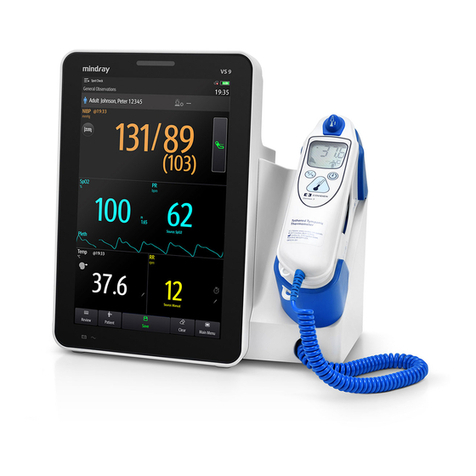
Mindray
Mindray VS9 User manual
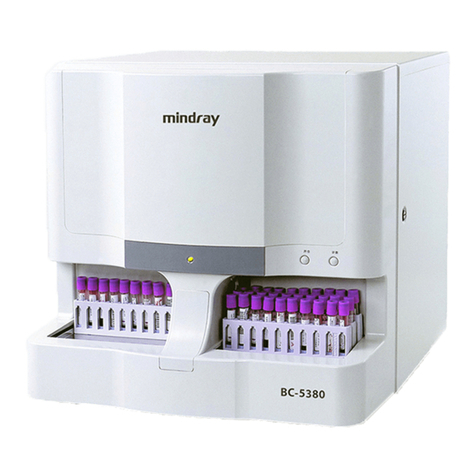
Mindray
Mindray BC-5380 User manual
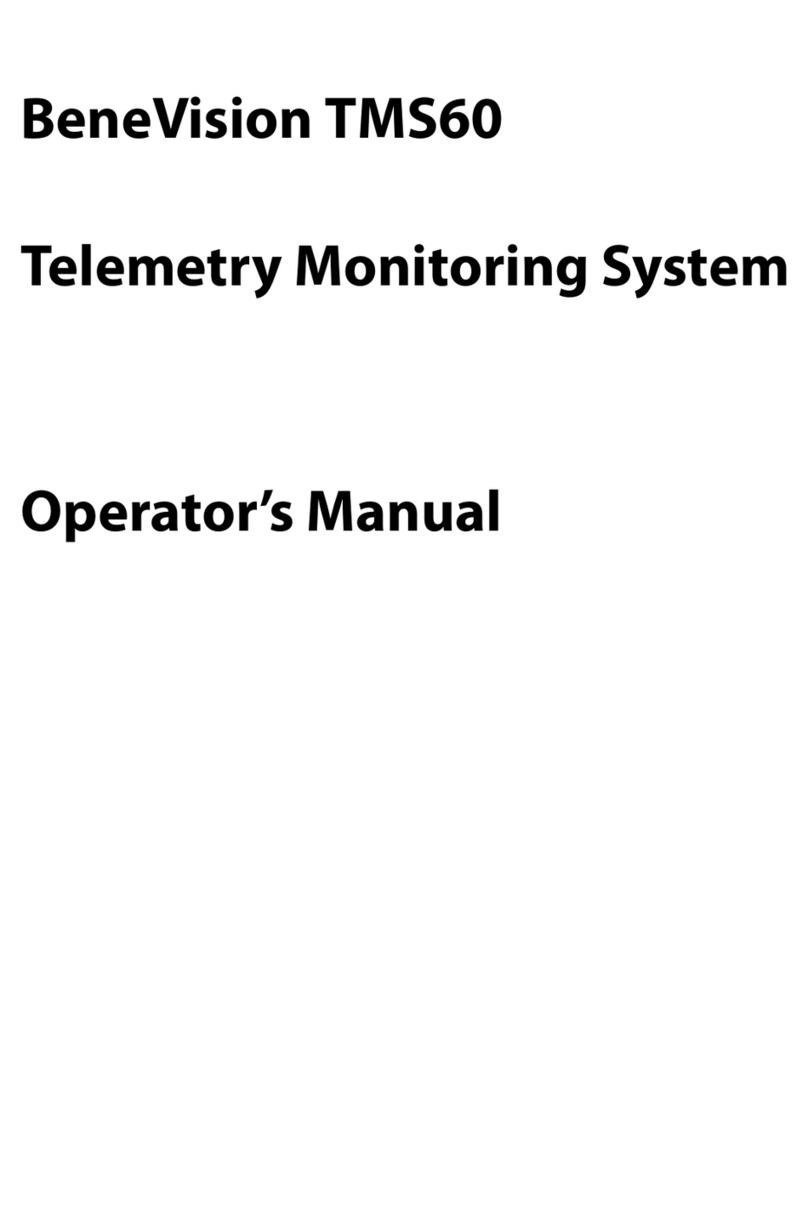
Mindray
Mindray BeneVision TMS60 User manual
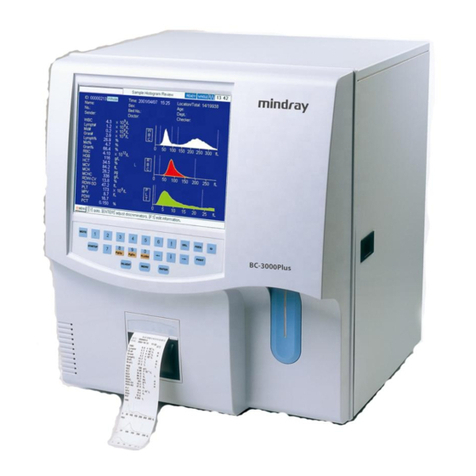
Mindray
Mindray BC-3000 Plus User manual
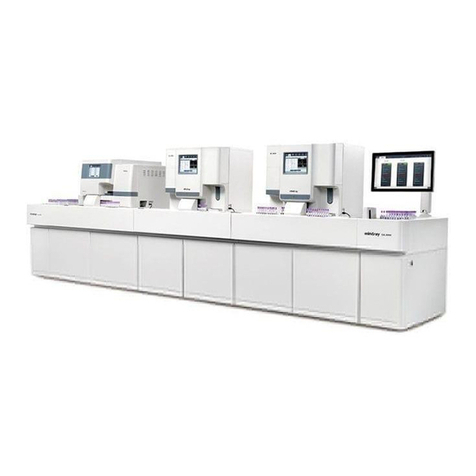
Mindray
Mindray CAL 8000 User manual
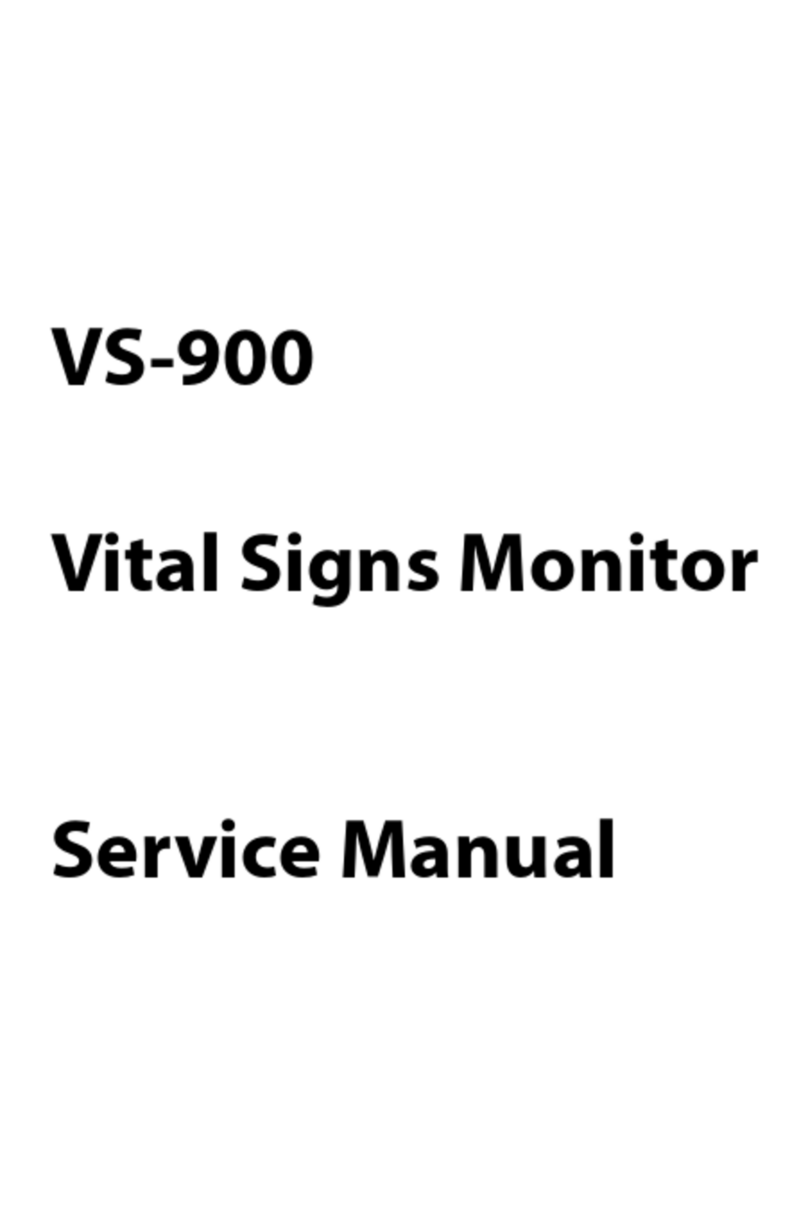
Mindray
Mindray VS-900 User manual

Mindray
Mindray Accutorr 3 User manual

Mindray
Mindray BC-20s User manual

Mindray
Mindray BS-120 User manual
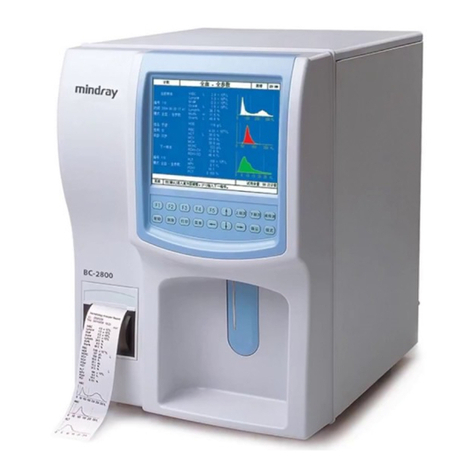
Mindray
Mindray BC-2800 User manual
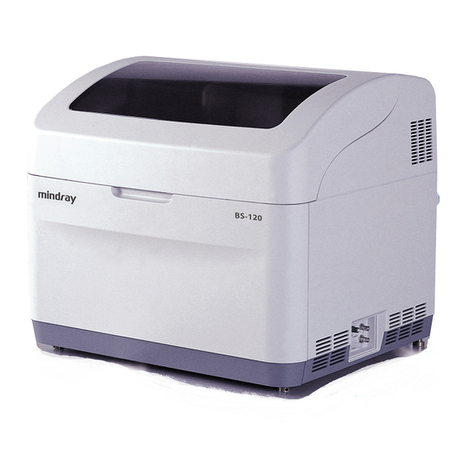
Mindray
Mindray BS-120 User manual

Mindray
Mindray iMEC Series User manual

Mindray
Mindray BeneVision TMS60 User manual

Mindray
Mindray BC-2800 User manual
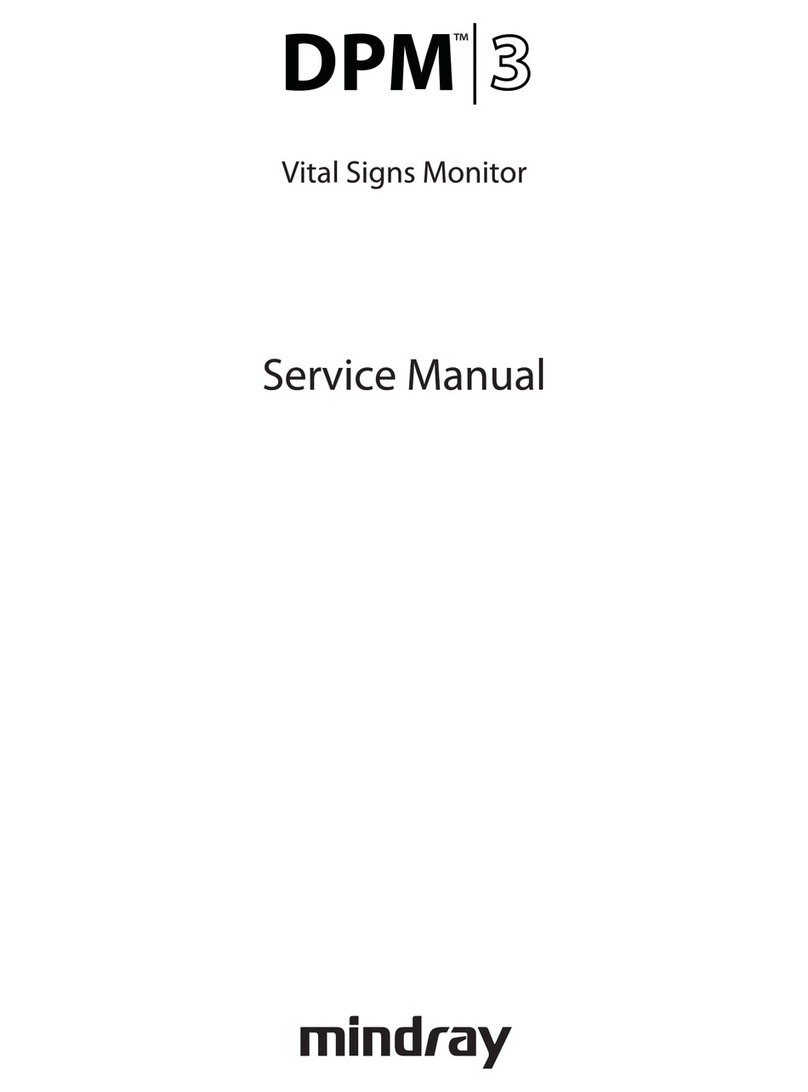
Mindray
Mindray dpm 3 User manual
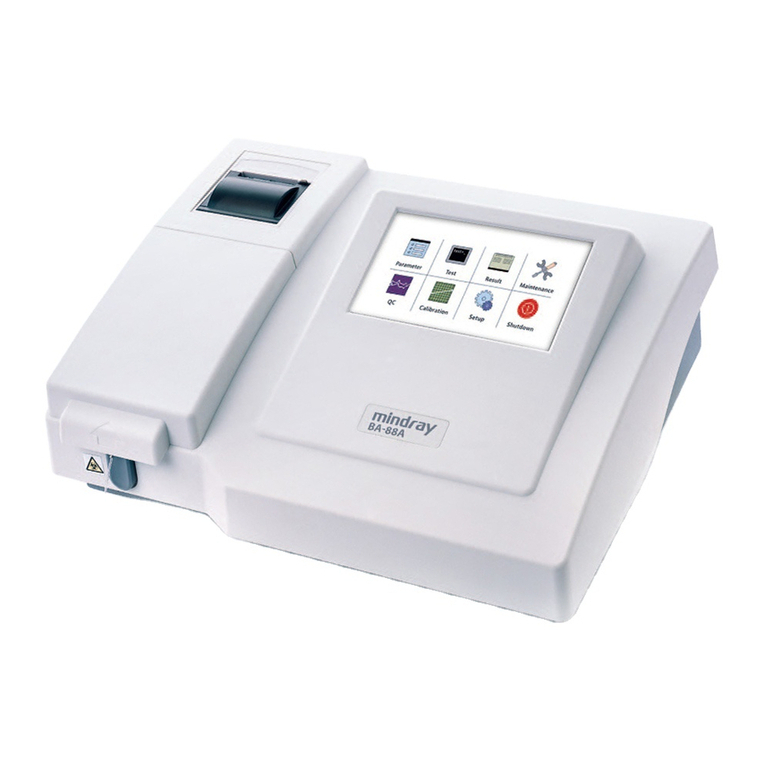
Mindray
Mindray BA-88A User manual

Mindray
Mindray BC-2800 User manual

Mindray
Mindray BS-200 User manual
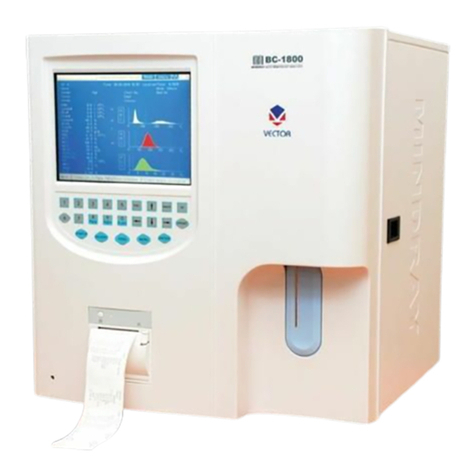
Mindray
Mindray BC-1800 User manual
Popular Measuring Instrument manuals by other brands

Powerfix Profi
Powerfix Profi 278296 Operation and safety notes

Test Equipment Depot
Test Equipment Depot GVT-427B user manual

Fieldpiece
Fieldpiece ACH Operator's manual

FLYSURFER
FLYSURFER VIRON3 user manual

GMW
GMW TG uni 1 operating manual

Downeaster
Downeaster Wind & Weather Medallion Series instruction manual

Hanna Instruments
Hanna Instruments HI96725C instruction manual

Nokeval
Nokeval KMR260 quick guide

HOKUYO AUTOMATIC
HOKUYO AUTOMATIC UBG-05LN instruction manual

Fluke
Fluke 96000 Series Operator's manual

Test Products International
Test Products International SP565 user manual

General Sleep
General Sleep Zmachine Insight+ DT-200 Service manual















